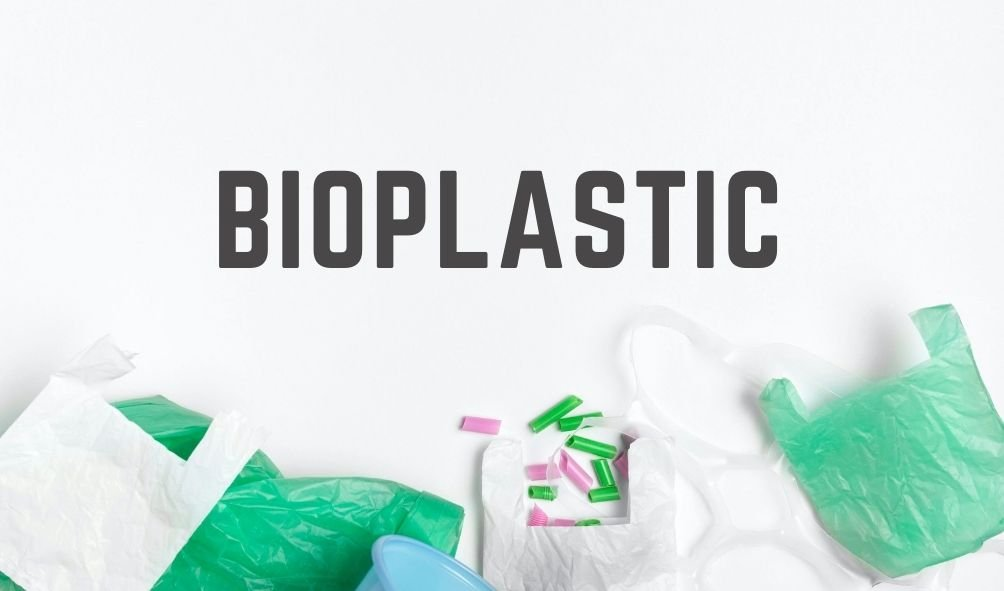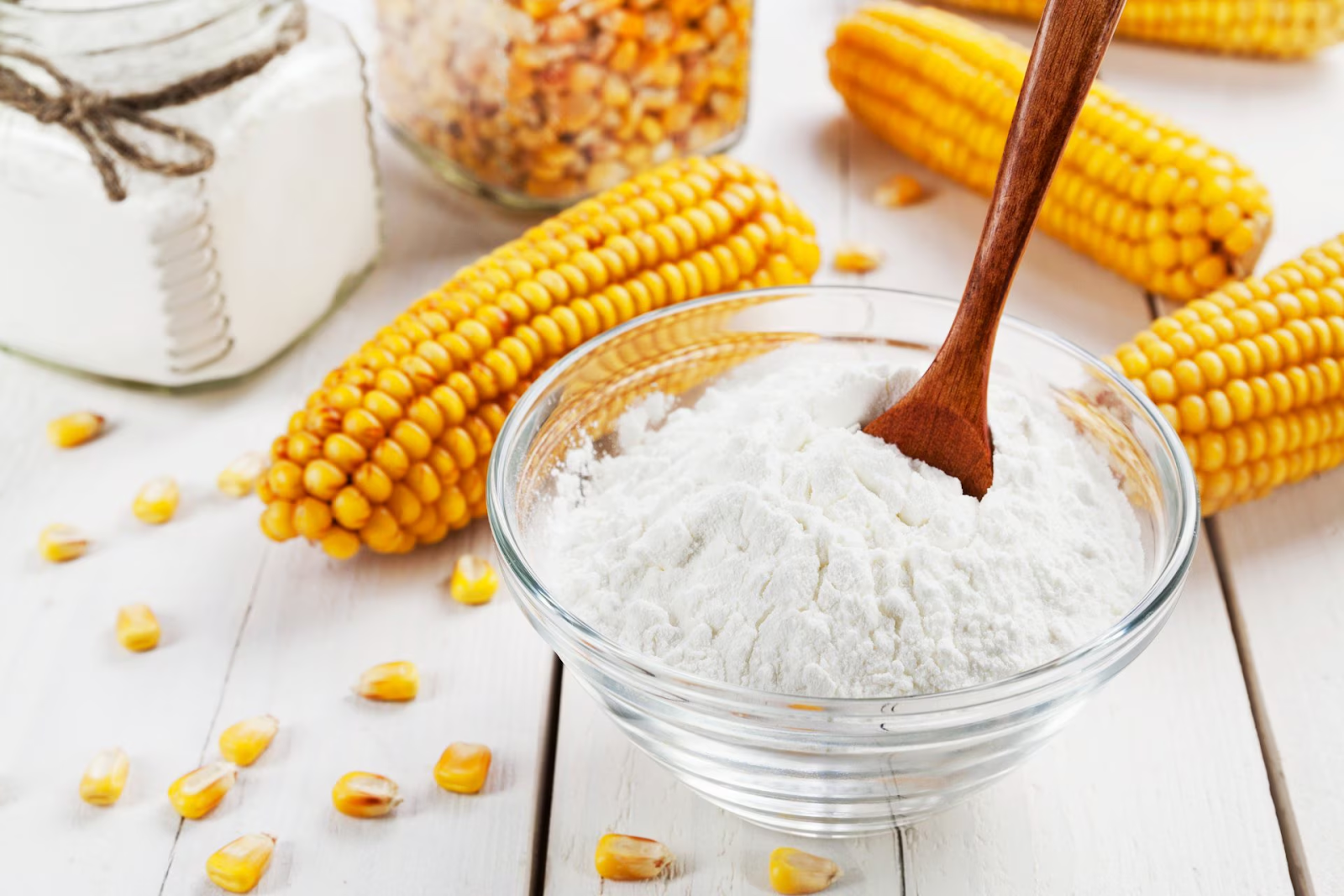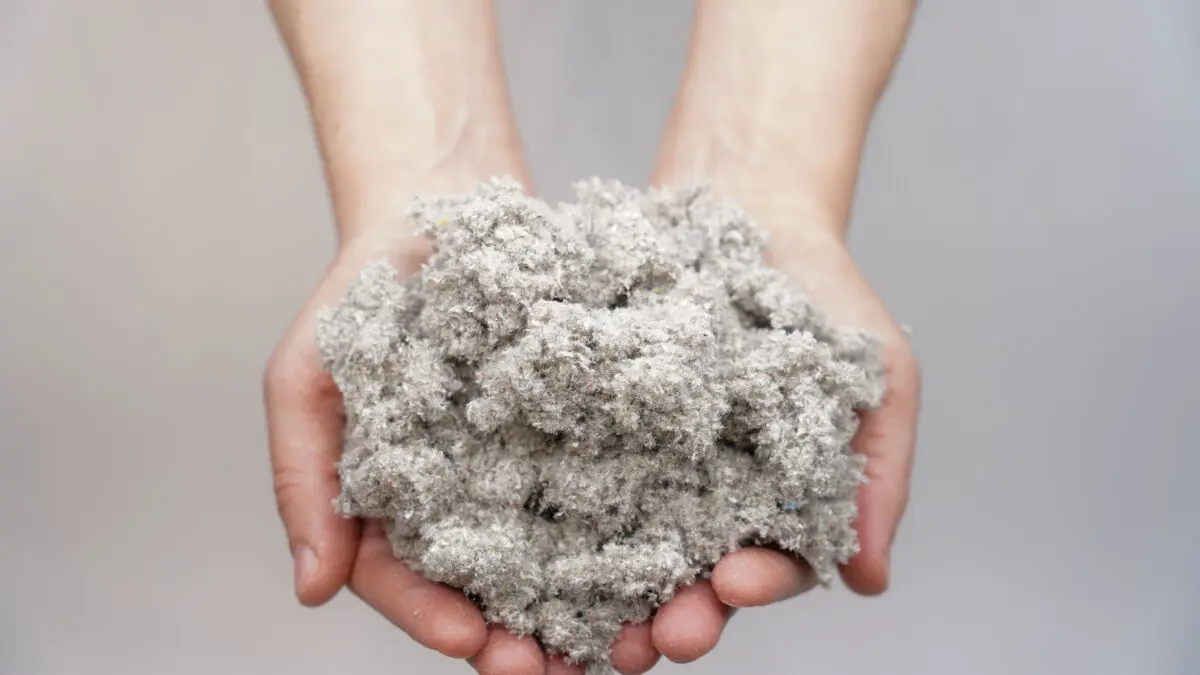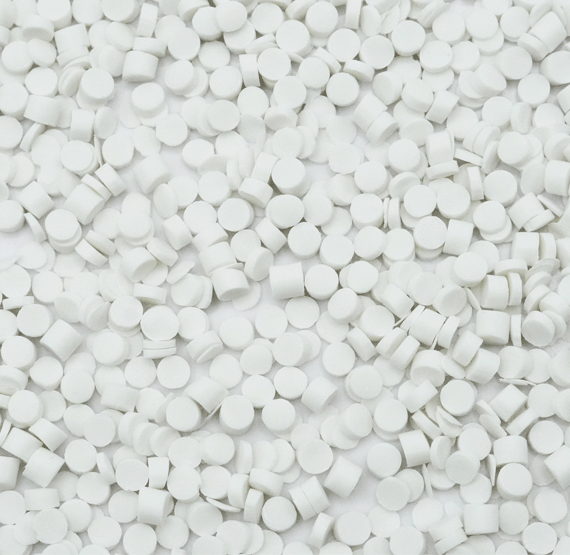The shift towards sustainability has led to a growing interest in bioplastics, an eco-friendly alternative to traditional plastics. Unlike conventional plastics made from fossil fuels, bioplastics are derived from renewable sources, making them a more sustainable option for various applications. These renewable sources, such as cornstarch, sugarcane, and cellulose, not only reduce our dependence on non-renewable resources but also help lower the carbon footprint associated with plastic production. In this article, we will explore three key renewable sources that are instrumental in the creation of bioplastics, highlighting their benefits and their role in driving the future of sustainable materials.
1. The Importance Of Bioplastics

Bioplastics are becoming increasingly vital in the global shift toward sustainable materials, primarily because they are derived from renewable sources. Unlike traditional plastics made from fossil fuels, bioplastics are produced using plant-based materials such as corn starch, sugarcane, and other renewable resources. This not only reduces the carbon footprint associated with plastic production but also helps in minimizing the depletion of non-renewable resources. The use of bioplastics supports a circular economy, where materials are reused, recycled, and ultimately returned to the environment without causing long-term harm.
As consumer demand for eco-friendly products rises, the importance of bioplastics, sourced from renewable sources, continues to grow, driving innovation and sustainability in various industries. Furthermore, bioplastics often offer comparable or even superior performance characteristics to traditional plastics, making them a viable and attractive alternative for manufacturers looking to meet both environmental and functional requirements. The ongoing development and adoption of bioplastics underscore their crucial role in reducing our dependence on fossil fuels and promoting a greener future.
2. Three Renewable Sources That Made Bioplastics
Bioplastics are gaining traction as an eco-friendly alternative to traditional plastics, thanks to their production from renewable sources. Three primary renewable sources that are commonly used to make bioplastics include corn starch, sugarcane, and cellulose.
2.1. Corn Starch

Corn starch is one of the most common renewable sources used in the production of bioplastics. It is processed into polylactic acid (PLA), a type of bioplastic that is widely used in various applications, including packaging, disposable cutlery, and 3D printing. Corn starch is abundant and easily accessible, making it a cost-effective and sustainable option for bioplastic production. PLA derived from corn starch is biodegradable and compostable, contributing to the reduction of plastic waste and environmental impact.
Read more: Potato starch bioplastic pros and cons
2.2. Sugarcane

Sugarcane is another major renewable source utilized in the creation of bioplastics. It is primarily used to produce bio-polyethylene (bio-PE), a bioplastic that mimics the properties of conventional polyethylene but with a much smaller carbon footprint. The process involves extracting ethanol from sugarcane, which is then polymerized into bio-PE. This bioplastic is commonly used in packaging, bottles, and bags. By using sugarcane as a renewable source, bio-PE not only reduces greenhouse gas emissions but also supports the sustainable production of everyday plastic products.
2.3. Cellulose

Cellulose, derived from wood, cotton, and agricultural waste, is a versatile renewable source for making bioplastics. It is primarily used to produce cellulose acetate, a biodegradable plastic commonly found in films, coatings, and textiles. Cellulose is one of the most abundant organic polymers on Earth, making it an excellent renewable source of sustainable materials. Bioplastics made from cellulose offer durability and strength while being environmentally friendly, as they break down more easily compared to conventional plastics, reducing long-term environmental impact
3. How Will Bioplastics Help The Future?

Bioplastics, derived from renewable sources, hold the potential to significantly impact the future by addressing critical environmental challenges associated with traditional plastics. As they are made from renewable sources like corn starch, sugarcane, and cellulose, bioplastics reduce dependence on fossil fuels and help decrease greenhouse gas emissions during production. Their biodegradability and compostability further contribute to reducing plastic pollution, a pressing issue in both landfills and oceans. Moreover, the use of renewable sources in bioplastic production supports the transition to a circular economy, where materials are reused and recycled, minimizing waste and conserving resources. As technology advances and consumer demand for sustainable products grows, bioplastics are poised to play a crucial role in creating a cleaner, more sustainable future, helping industries and communities move away from reliance on non-renewable resources and towards environmentally responsible practices.
4. Conclusion
In conclusion, the use of renewable sources in the production of bioplastics represents a significant step forward in creating sustainable and eco-friendly materials. Corn starch, sugarcane, and cellulose are three key renewable sources that not only offer an alternative to fossil fuels but also contribute to reducing the environmental impact of plastic production. By harnessing these natural resources, bioplastics provide a viable solution to the growing plastic pollution crisis while supporting a shift towards a circular economy. As the demand for sustainable products continues to rise, the importance of these renewable sources in bioplastic production will only increase, playing a crucial role in shaping a greener, more sustainable future.
5. About EuroPlas’ BiONext and BiOMates
EuroPlas’ BioNext and BioMates lines are innovative bioplastic solutions made from renewable sources, designed to meet the growing demand for sustainable materials. BioNext products combine biodegradable polymers with natural additives like CaCO3 to enhance performance while maintaining eco-friendly properties.

BioMates, on the other hand, offer high-quality, renewable-source-based alternatives to conventional plastics, ideal for a wide range of applications. Both product lines reflect EuroPlas’ commitment to sustainability, providing manufacturers with materials that reduce environmental impact without compromising on quality or functionality. By utilizing renewable sources in these bioplastics, EuroPlas is helping to drive the transition towards a greener, more sustainable future.

Contact EuroPlas today for more information on enhancing your production line with our advanced materials.